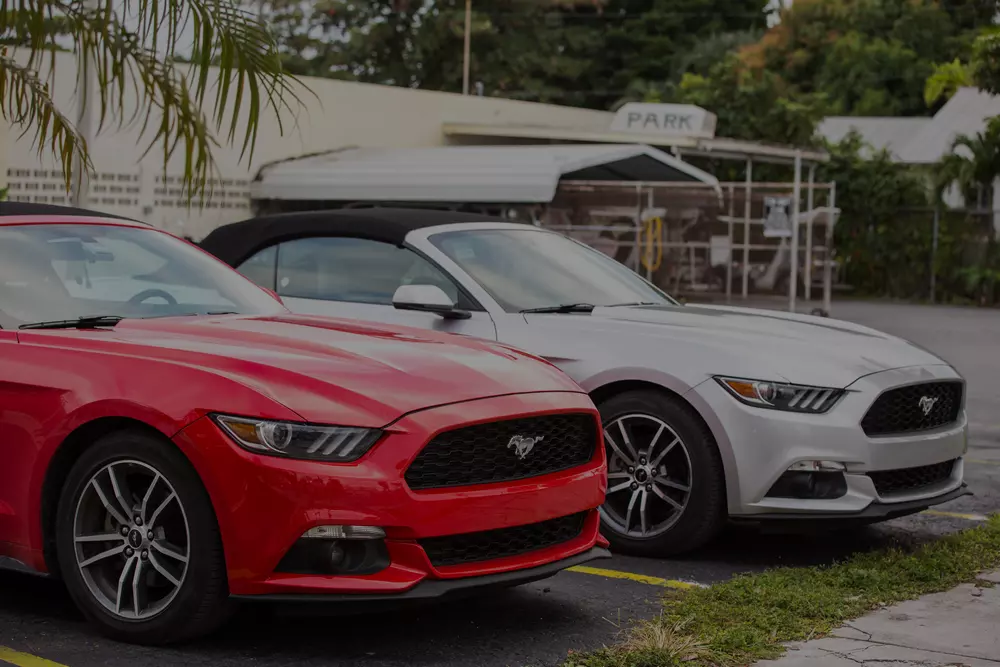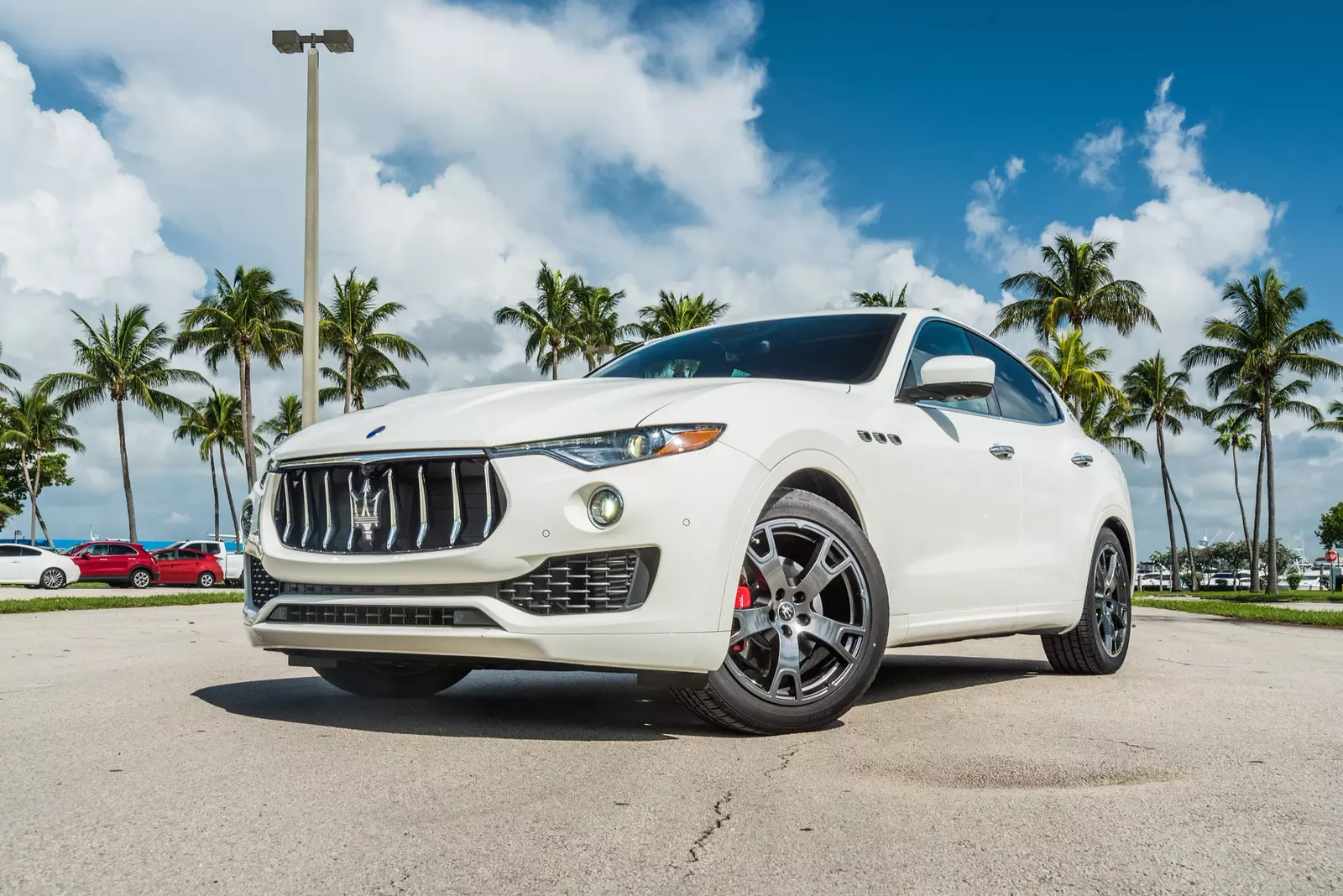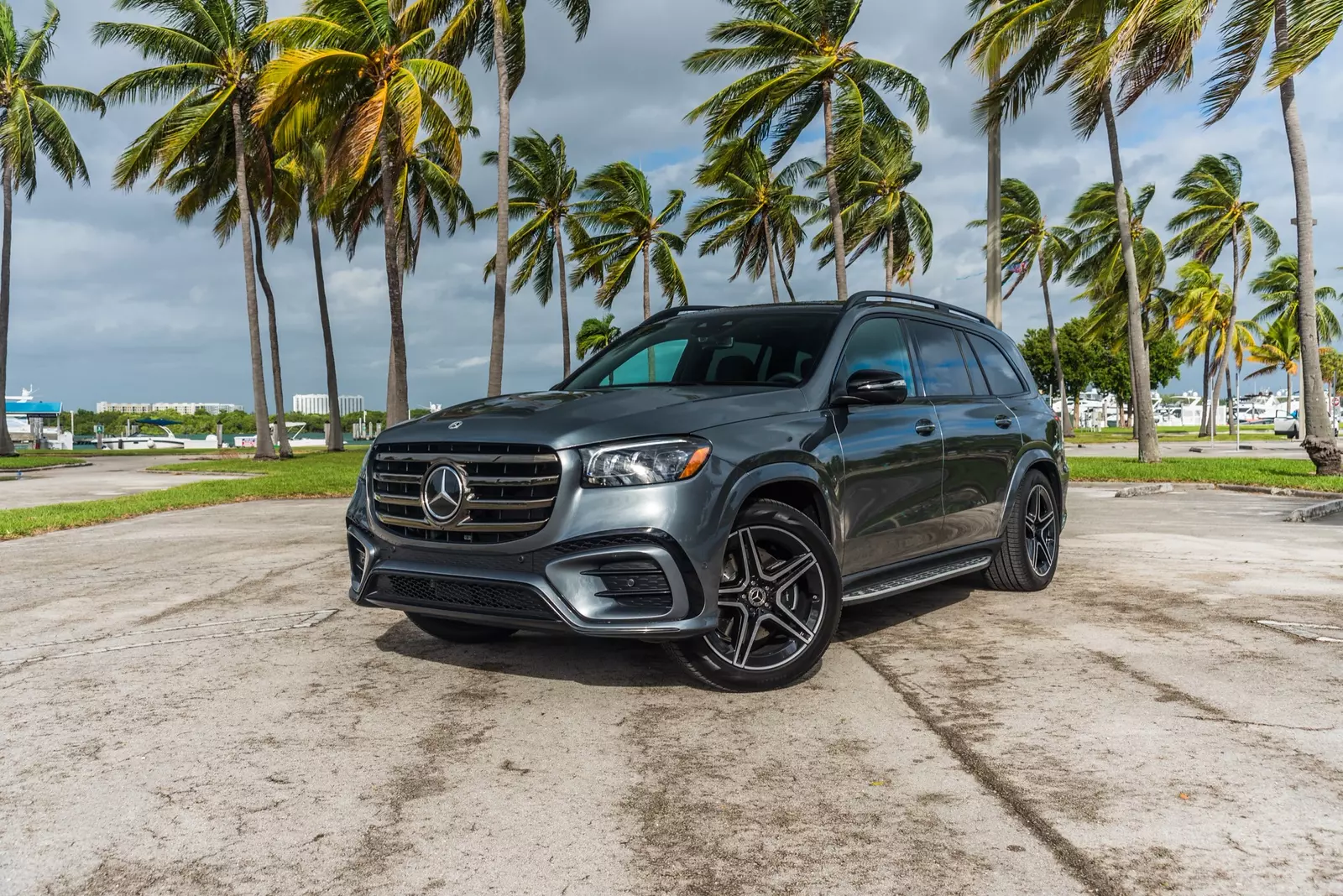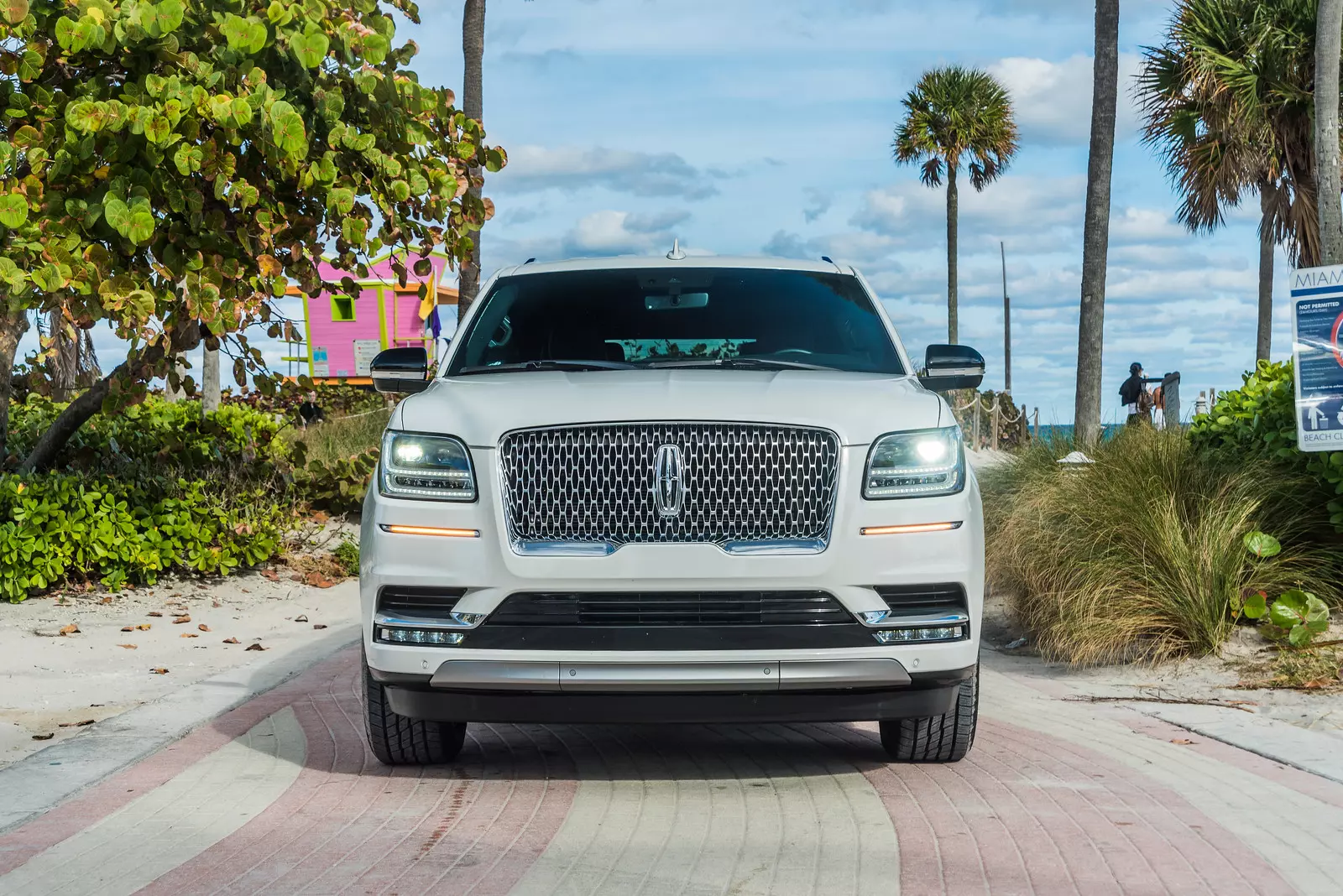It’s no secret that getting around the U.S. without a car can be a real challenge. Whether you live in the country full-time or are just visiting, having a personal vehicle makes travel much easier and your daily life far more comfortable.
Buying a car in the U.S. is no longer a luxury — it’s an accessible and practical choice. Thanks to fair prices, a huge selection, and a convenient buying process, more and more people are turning to the American auto market.
Still, the process can seem confusing, especially if you’re doing it for the first time. Where should you search? What documents do you need? How much does shipping cost? In this guide, we’ve gathered all the key information to help make your car purchase in the U.S. easy, safe, and smart.
Benefits and Necessity of Buying a Car
In American reality, a personal vehicle isn’t a status symbol — it’s a daily necessity. Public transportation is not well-developed everywhere, and the fast pace of life demands mobility. That’s why locals prefer reliable, well-maintained cars, even if they come at a higher price.
Why? It’s simple: car repairs in the U.S. are expensive. In many post-Soviet countries, you can ask a friend to "check under the hood" or stop by a garage for a quick fix. In America, it’s different — any repair has to go through a licensed service center. This shifts the mindset: “I’m not rich enough to fix cheap cars.”
Leasing or Auto Loan?
If you’ve decided to buy a car in the U.S., it’s important to understand the difference between the three main options: leasing, auto loan, or paying in full. Each has its pros and cons, but they all allow you to use a car with regular monthly payments.
Both loans and leases let you drive without paying the full price upfront. If you have a good credit history and stable income, either option is available to you. Your choice depends on your plans:
- If you're in the U.S. for work or study for 2–3 years — leasing is ideal. You won't have to worry about selling the car later.
- If you're planning to stay long-term, buy property, and settle down — consider financing or buying the car outright.
When choosing between leasing and financing, it’s important to factor in tax benefits, insurance, and maintenance responsibilities. Most importantly — make an informed decision. And American Butler is always here to help.

Where and How to Find a Car in the USA
Car hunting in the U.S. is an exciting and potentially rewarding experience — especially if you know where to look and what to watch out for. The American car market is massive, and with so many options, it’s easy to get overwhelmed. Below is a breakdown of the most popular ways to buy a car in the U.S., including pros, cons, and practical tips.
Car Auctions
Auctions are one of the most affordable ways to score a vehicle at a great price. They feature both new and used cars, including vehicles involved in accidents, repossessions, or insurance write-offs.
- Public auctions — like Copart and IAAI. Open to everyone, these auctions offer vehicles at discounted rates. However, be prepared for potential repair costs.
- Dealer-only auctions — such as Manheim. These are exclusive to licensed dealers, but you can still participate through a certified broker.
Authorized Dealerships
Franchise dealerships offer new cars and certified pre-owned (CPO) vehicles. This is a reliable option for buyers who value transparency and post-sale support.
Pros:
- Thoroughly inspected and well-maintained cars.
- Warranty and service support.
- Immediate availability — no waiting for auction results.
Cons:
- Prices are generally higher compared to private sellers or auctions.
Private Listings
Platforms like Craigslist, Facebook Marketplace, Autotrader, and OfferUp allow direct purchases from car owners. While often cheaper, this route carries more risk.
Before buying, be sure to:
- 01. Run a vehicle history check using Carfax or AutoCheck;
- 02. Inspect the car with a trusted mechanic;
- 03. Verify the title and ownership — make sure the seller is the legal owner.
Large Online Platforms
Websites like eBay Motors, Cars.com, TrueCar, Carvana, and Vroom offer nationwide car listings with advanced search tools, filters, and delivery options.
Pros:
- Massive inventory in one place;
- Easy filtering by price, mileage, year, etc.;
- Detailed listings with car history and delivery terms.
Cons:
- Extra fees may apply, and physical inspection before buying isn’t always possible.
Export Car Companies
If you're buying a car from the U.S. for export abroad, look into specialized export agencies. These companies handle everything from sourcing the car to verifying paperwork and arranging international shipping.
Advantages:
- End-to-end support — from selection to delivery;
- Less paperwork for you;
- Experienced consultants to help you avoid mistakes.
This option is ideal for international buyers who want to purchase a U.S. vehicle remotely.

Choosing Between a New and Used Car
Buying a brand-new car in the U.S. can be expensive. Base models typically start at $18,000, while luxury vehicles can cost $60,000 or more. On top of that, you'll need to pay sales tax and mandatory insurance — both of which depend directly on the car’s value.
Advantages of a new car:
- Full manufacturer’s warranty (usually 3–5 years);
- Maximum reliability and safety — no wear and tear, no surprises;
- Access to the latest technology and comfort features.
Disadvantages of a new car:
- High cost — not everyone is ready to spend tens of thousands of dollars;
- Rapid depreciation — a new car can lose up to 40% of its value in the first 2–3 years;
- Low resale return — even in great condition, it won’t earn you much back.
Buying a Used Car
Used cars are a far more popular option in the U.S.. A vehicle that’s 2–4 years old may cost half as much as a new one — and still be in excellent condition. Certified Pre-Owned (CPO) cars, backed by official dealers and warranties, offer the best value.
Unlike in some countries where buying a used car feels like a gamble, things are more transparent in the U.S. Every vehicle’s history is documented — you can check previous owners, mileage, accidents, and maintenance records using Carfax or AutoCheck.
You can review vehicle history through these official services:

Step-by-Step Guide to Buying a Car
Buying a car in the U.S. might seem complicated — especially if it’s your first time. But with the right planning, the process becomes simple and manageable. Here are the key steps to help you avoid mistakes and make a smart purchase.
Set Your Budget
Don’t just consider the sticker price — factor in additional costs:
- Taxes and registration fees.
- Insurance.
- Possible maintenance or repairs.
Don’t Wait Too Long
Good cars don’t stay on the market for long. Popular models with clean histories and reasonable mileage are snapped up within days — especially in big cities.
Tip: As soon as you see a car that meets your needs — contact the seller and schedule a viewing or inspection. Even if you're still comparing options, don’t delay — demand is high for quality vehicles in the U.S.
To avoid missing a great deal:
- Set up alerts on platforms like Cars.com, Autotrader, Facebook Marketplace, and others;
- Save your filters — year, mileage, price, body type;
- Be ready to quickly inspect the car or place a deposit if it’s worth it.
Check the Paperwork
- Title — proof of ownership;
- Vehicle history report;
- VIN and registration details.
Complete the Purchase
Pay through a bank or trusted payment platform. Avoid paying in cash when buying from strangers. For auctions, you’ll typically need to make a deposit in advance.
If You're Planning to Ship the Car Abroad
Contact a logistics company — they’ll help with paperwork, transport, and customs. This option is ideal if you’re not planning to use the car in the U.S.
Register and Insure the Vehicle
- Register the car with your local DMV;
- Get license plates and insurance;
- Pass a safety inspection (if required in your state).
Stick to reputable sellers and platforms. Always run a vehicle inspection before finalizing the deal — even in the U.S., it's worth the peace of mind.

Leasing a New Car in the USA
Leasing is a long-term car rental, typically for 2–3 years. You drive a brand-new car, make fixed monthly payments, and at the end of the lease you can choose to: buy it out, exchange it, extend the lease, or return the car to the dealer.
Advantages of Leasing:
- 01. No large upfront payment — you pay only for the time you use the car;
- 02. Dealer maintenance included — routine service and minor repairs are often covered;
- 03. Minimal paperwork — the dealer handles all documentation;
- 04. A new car every 2–3 years — no need to sell your old vehicle.
Disadvantages of Leasing:
- The vehicle remains the property of the dealer;
- Mileage limit (usually 10,000–15,000 miles per year) — excess mileage results in extra fees;
- No modifications allowed without approval, and the car must be returned in its original condition;
- Any damages (scratches, dents) may cost you $1,000–$12,000 upon return;
- Late payments or early termination lead to penalties;
- Available only to clients with good credit history and stable income;
- Monthly payments range from $200 to $900 depending on the model and terms — total cost can exceed $30,000 over the lease period.
Leasing is a great option if you want to drive a new car without the hassle of ownership — just make sure you fully understand the contract terms and mileage restrictions.

Important Information
Can I Buy a Car in the U.S. Remotely?
Yes, you can. Online auction platforms like Copart or Manheim, as well as specialized companies, allow you to purchase vehicles remotely. These services assist with car selection, condition checks, and delivery arrangements.
Who Is Leasing Suitable For?
If you're a young guy looking to impress with a luxurious car, leasing might be the right choice for you. It's also ideal for those who use a car primarily for practical purposes, such as commuting, school drop-offs, or weekend outings.
However, if you travel a lot or frequently drive long distances, buying a car might be simpler and more cost-effective.
Do I Need a U.S. Address to Buy a Car?
Not necessarily. If you purchase through a dealer or auction, they can process the transaction without a U.S. address. However, you may need an address for vehicle registration in the U.S.
Which Cars Are Best to Buy in the U.S.?
American brands like Ford, Chevrolet, and Jeep are the most cost-effective due to their lower prices and wide availability. Vehicles with minimal damage from auctions are also popular choices.
What Cars Should I Avoid Buying at Auctions?
Avoid vehicles with severe frame damage, flood damage, or titles that cannot be restored. Repairs for such cars can exceed their purchase price.
How Long Does Car Shipping from the U.S. Take?
Shipping typically takes 4–8 weeks, depending on the departure and destination ports and the chosen shipping method.
What Documents Do I Need for Customs Clearance?
You'll need:
- 01. Title (proof of ownership).
- 02. Invoice (proof of purchase).
- 03. Bill of Lading (transportation document).
- 04. A passport or company details for vehicle registration.
These documents ensure a smooth customs clearance process.
How to Finance a Car in the USA
Getting an auto loan is the most common way to purchase a car in the United States. Instead of paying the full price upfront, you make monthly payments over 3–7 years. The key difference from leasing is that the car is registered in your name from the beginning and becomes fully yours once the loan is paid off.
Advantages of Buying a Car with a Loan:
- No need to pay the full amount upfront — you get the car immediately and pay it off over time;
- You can choose a new or used vehicle — terms depend on your financial situation;
- Low interest rates — typically from 2.9% to 6%, especially with a good credit score.
Disadvantages:
- Loans are available only to clients with stable income and good credit history;
- Foreigners without an SSN or credit history may need a co-signer or a large down payment;
- Missed payments lead to penalties, damage your credit score, and can result in repossession of the vehicle.
Those who plan to buy the machine they like in the future, you need to consider that you will make payments at the original price, even if after three years it will fall by half.
What You Should Keep in Mind
- 01. Don't take out a loan directly from the dealership — compare offers from banks and credit unions first;
- 02. After 6–12 months of on-time payments, you may be eligible to refinance your loan at a lower interest rate;
- 03. When managed properly, an auto loan can help build your credit history in the U.S.
If you’ve recently moved to the U.S., consider starting with a low-cost car loan. This is a great way to build your credit score and make future financing easier.

Hidden Risks and How to Avoid Them
Buy Smart — Not Blindly
Buying a car in the U.S. can be a great investment — but only if you act wisely: check all documents, don’t skip inspections, and work with trusted partners. This is especially important for those purchasing on the American market for the first time.
If you want to avoid risks, save time and reduce stress — reach out to American Butler. We’ll help you choose, verify, and register a car that suits your goals — whether it’s for traveling across the U.S., renting, or international shipping.
With us, buying a car becomes a truly smart decision — with no hidden surprises and on fully transparent terms.




































